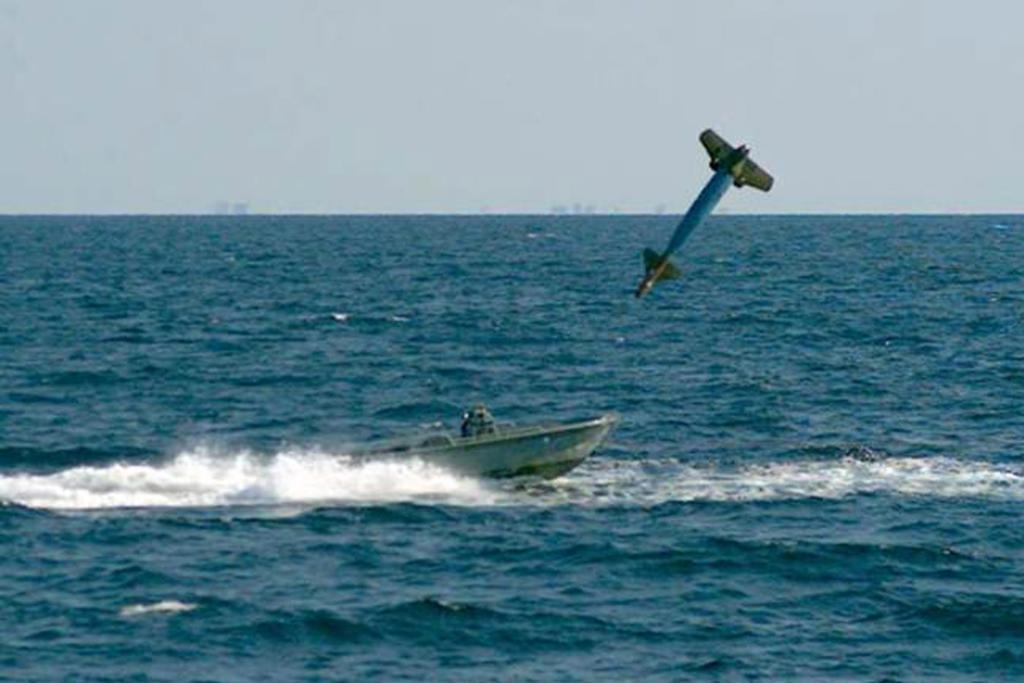
All B-1B Bombers Have Been Grounded (Updated)
The swing-wing bombers have become increasingly unreliable after years of constant work over Iraq, Syria, and Afghanistan.

It definitely had the advantage of not melting when it compressor stalled.I am surprised nobody has yet offered to swap those faulty engines with TF-33...
(runing for cover)
It is also worth mentioning that two separate people claimed this thing was being developed as a towed decoy for the B-1A bomber before it was canceled. It is possible that an offshoot of this towed target program did have that concept in mind, but we cannot find any evidence that anything came of it. A towed electronic warfare and even infrared-enabled decoy for the B-1A would have been quite useful for ensuring its survivability.
Such a decoy would have to of been capable of being stable at high speed and the small towed decoys we know today were just not possible during the 1970s when the B-1A was being developed. It's also worth noting that the B-1A's born-again successor, the B-1B, was one of the first aircraft in the USAF's stable to received modern towed decoys. So maybe there is something to these claims, we just need to find documentation of it.
Good god, the AC-130 and the Bone are having a baby.
Reportedly, as part of its defensive EW suite, the B-1A was intended to have a towed decoy related to the TDU-X.
It is also worth mentioning that two separate people claimed this thing was being developed as a towed decoy for the B-1A bomber before it was canceled. It is possible that an offshoot of this towed target program did have that concept in mind, but we cannot find any evidence that anything came of it. A towed electronic warfare and even infrared-enabled decoy for the B-1A would have been quite useful for ensuring its survivability.
Such a decoy would have to of been capable of being stable at high speed and the small towed decoys we know today were just not possible during the 1970s when the B-1A was being developed. It's also worth noting that the B-1A's born-again successor, the B-1B, was one of the first aircraft in the USAF's stable to received modern towed decoys. So maybe there is something to these claims, we just need to find documentation of it.
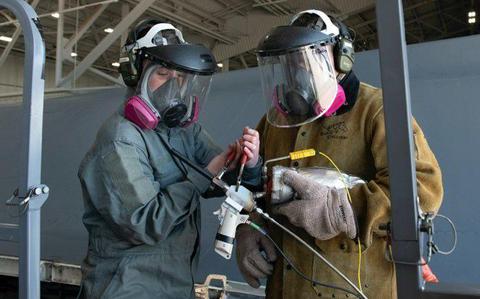
South Dakota Mines team uses cold spray to help Air Force repair B-1B Lancer
Without cold spray technology, the fix of this aircraft would have required a lengthy repair process and a cost estimated to exceed a half of a million dollars, which would have included dismantling part of the aircraft and sourcing spare parts from a salvaged bomber.www.stripes.com
Hey, I was only joking you guys.
South Dakota Mines team uses cold spray to help Air Force repair B-1B Lancer
Without cold spray technology, the fix of this aircraft would have required a lengthy repair process and a cost estimated to exceed a half of a million dollars, which would have included dismantling part of the aircraft and sourcing spare parts from a salvaged bomber.www.stripes.com
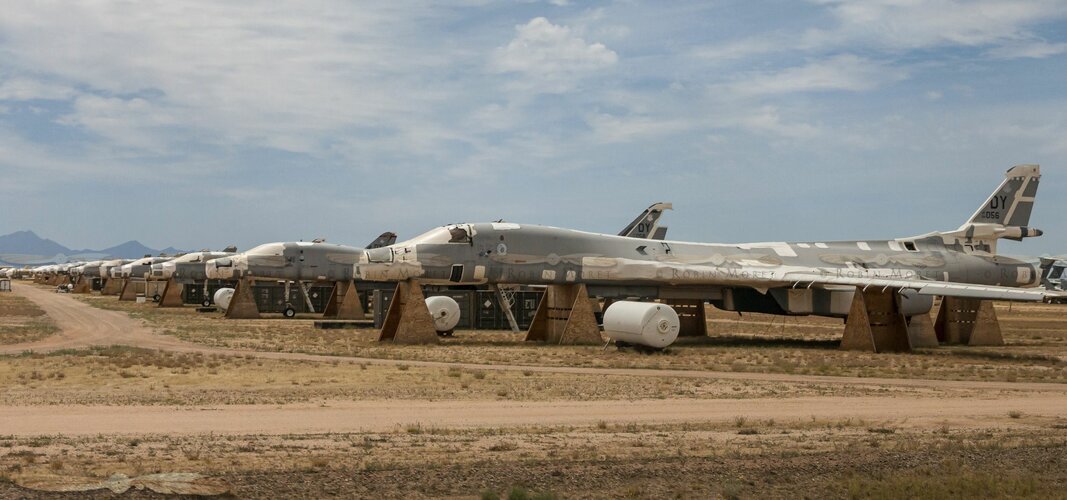
The old Bone is still slate for another decade of of service with the Air Force already showing it can fit the missile, or a similar size one in its bay.With their own money? I think they’re going to have an uphill battle selling the upgrade to an aircraft on its way out.
Was the plan to fit the B-1's with an AESA radar also canned?With the airframe hours and spares situation the way they are not to mention things like resource black holes such as the B-21 and F-35 programs, I have to wonder if the remaining B-1Bs can be kept in service another ten years.
Wait, wait, wait. So you're saying when you actually give people the spares they're supposed to get they can, you know, keep the aircraft flying? No. Way. So it's less that the B-1B is the dog you'd have us believe it is and more they just didn't bother with required upkeep. That's hardly the aircraft's fault.That is not an entirely accurate statement @Josh_TN, to be fair that does properly describe most of the service life of the aircraft. There are, however, notable exceptions to the general rule. During the 90's congress funded a study which required Ellsworth to receive the mandated spares and support they were supposed to receive. Throughout the duration of the study they were able to maintain the required MC rate. The second notable occurrence was 2002-2005, which were the years I was at Dyess. We broke the records for sustained high MC rates that have never again been replicated. Why? They retired the 83's and 84's and we had spare parts, by 2005 the well had run dry and it was regression back to the mean.The B-1 never had a good serviceability rate. It had had huge avionics issues even when it just entered service and I don’t think it’s ECM ever delivered. The engines I think were always touchy and variable geometry introduced another point of failure.
Sustainment is nowhere near as sexy as procurement and those holding the purse strings have short memories.
Replacing the B-2 first.I thought B-21 would begin replacing them as soon as it entered service,
What you miss is that in 2002-2003 while they had the parts the jets were flying mostly 4 hour prof sorties, even the 2003 deployment was to Guam, so they were still mostly 4 hour prof sorties, life was good. By 2004 we left the Arabian peninsula bases for Diego and things trended down ever since. Those 20+ hour sorties with heavy fuel and bomb loads compounded by lack of spares made things ugly by 2005-2006. We burned through hours so fast that the phase dock had to double up to keep jets out in the sandbox. Since we used them so hard, there was always a lot more to fix. Engine failures also accelerated. I ran both of those shops and saw it up close 2003-2005.Wait, wait, wait. So you're saying when you actually give people the spares they're supposed to get they can, you know, keep the aircraft flying? No. Way. So it's less that the B-1B is the dog you'd have us believe it is and more they just didn't bother with required upkeep. That's hardly the aircraft's fault.
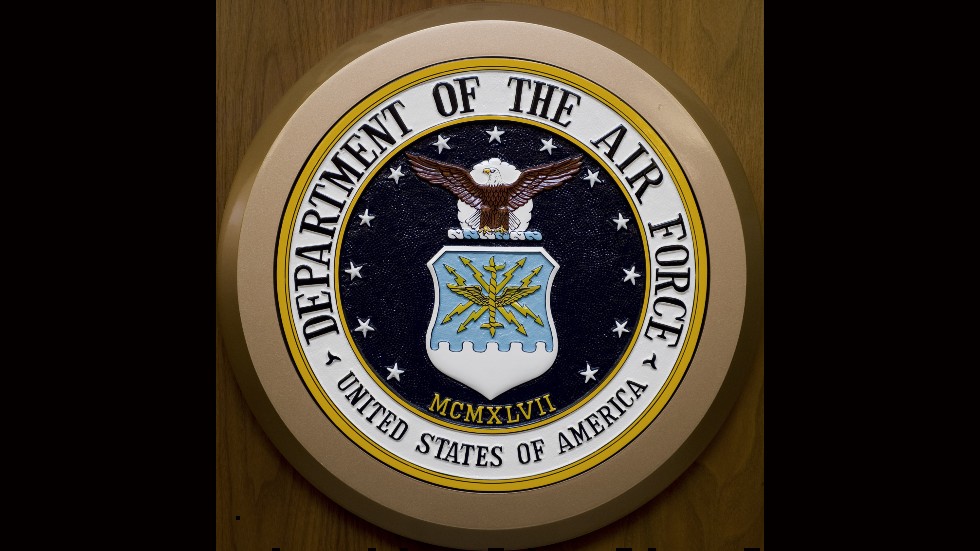
Air Force flies B-1B bomber over Mideast
The U.S. Air Force flew a B-1B strategic bomber with Israel over the Middle East above essential maritime chokepoints on Saturday, as relations between the U.S., its allies and Iran remain contenti…thehill.com
Rattling an increasingly rusty saber, I fear.
There is a big push for radical change in pilot training. It will be interesting to see how this changes B-21 quantities in a training squadron.Thanks, good stuff Neil. So, thirty shelters and the FTU sounds a lot like the training squadron gets 14 PAA and the combat coded squadron gets 12 PAA for 26 PAA plus four spares gets to 30. For reference, at the 7 BW ages ago when the 28th was the Bone FTU (no WIC or test) the PAA was 14 while the 9th was 12 as the lone combat coded squadron.My first thought was that the plan would be same as B-2. It seems there are nineteen among three squadrons so perhaps six per. I think that number is constrained by limited numbers and perhaps the amount of support B-2 requires.
On one hand it would make sense to start off with a one for one replacement in squadrons until the aircraft is better known. On the other hand, Ellsworth is planning for ~30 Environmental Protection Shelters and it currently supports two bomber squadrons. So maybe the number is 15. Fifteen makes sense as the original plan was for 100 - 6 squadrons and the other ten for training and testing.
Time will tell.
No doubt Neil, life's a bit easier with two person crews on two stations versus four on three or five on three. Most of the button pushing weapon system stuff doesn't require up and away training. Academics and sim will be as long or longer, perhaps the on aircraft stuff could be compressed. The big question mark is the expected annual throughput, both short and long course. If the buy stays large my money is on the larger squadron size to feed the pilot community beast.There is a big push for radical change in pilot training. It will be interesting to see how this changes B-21 quantities in a training squadron.
Interesting point. Are we expecting B-1 pilots to go through training first? Don't they mostly need systems and stealth tactics training? Or perhaps it's 50% new guys. In a two crew configuration don't you stick a new pilot with an experienced B-1 pilot? Why wouldn't you use combat coded aircraft?... The big question mark is the expected annual throughput, both short and long course. If the buy stays large my money is on the larger squadron size to feed the pilot community beast.
If the B-2 is a guide the Raider will be a two pilot operation, WSO's need not apply. Don't feel too bad for them, there are all those empty F-15EX back seats... A few of the younger ones will get routed to UPT and come back as pilots.Interesting point. Are we expecting B-1 pilots to go through training first? Don't they mostly need systems and stealth tactics training? Or perhaps it's 50% new guys. In a two crew configuration don't you stick a new pilot with an experienced B-1 pilot? Why wouldn't you use combat coded aircraft?
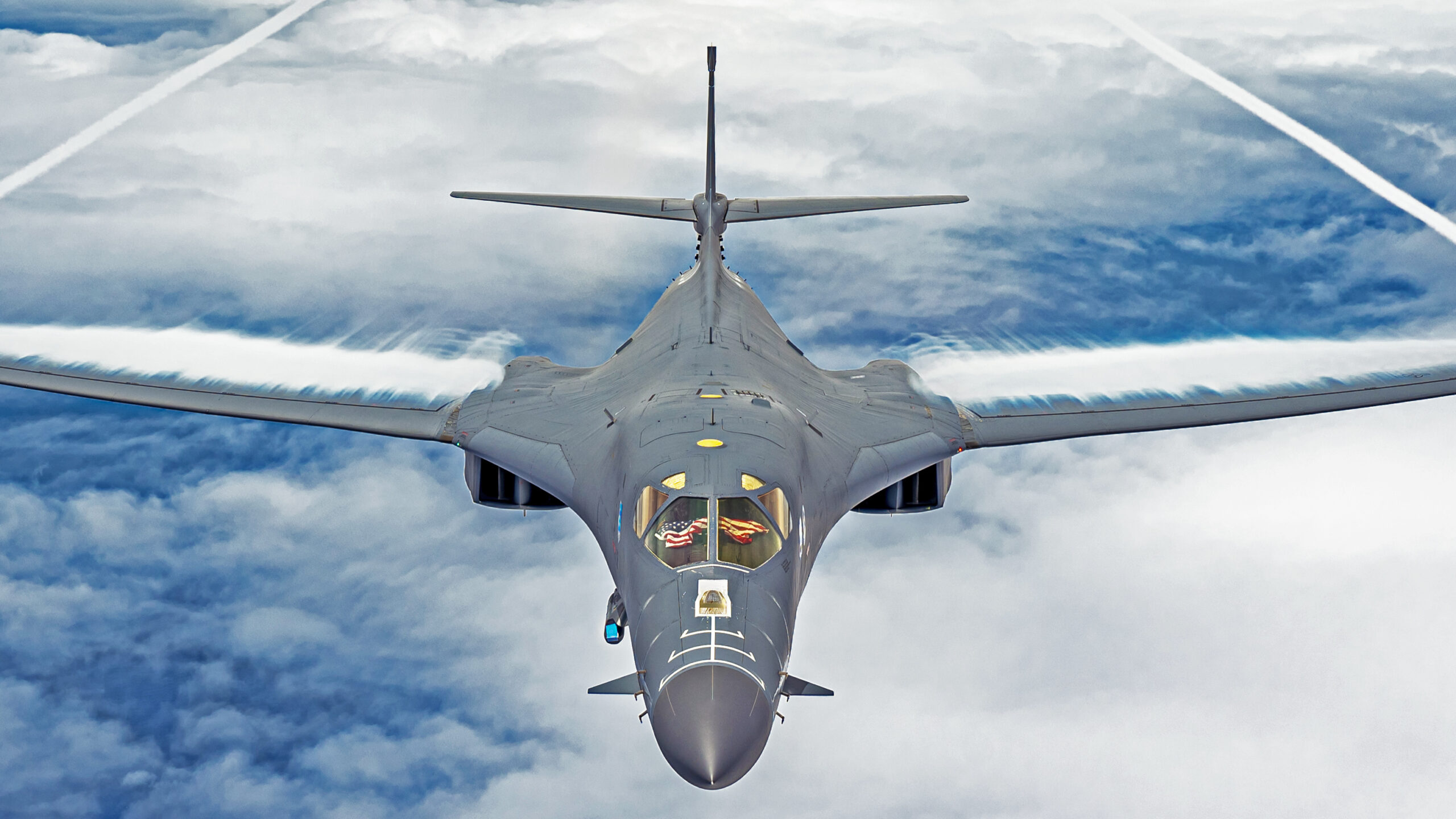



B-1B Bombers Are Hunting Illegal Fishing Boats Off South America
Recent B-1B sorties highlight the growing maritime role for the bombers, but illegal fishing is a national security concern in its own right.www.thedrive.com
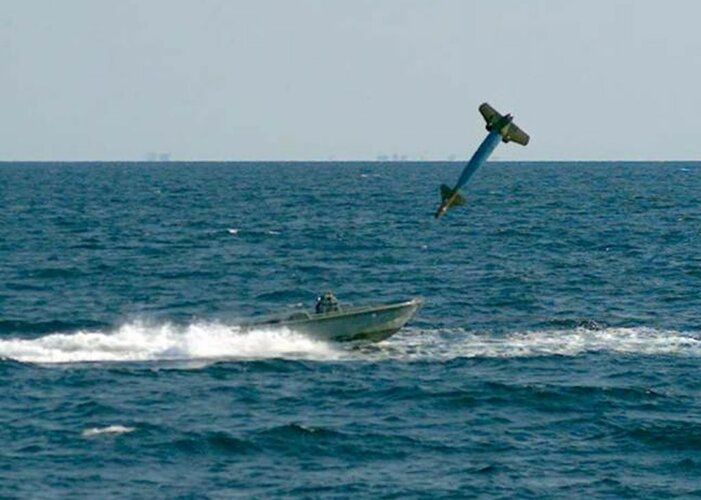
No no that not what will happen.View attachment 683872
B-1B Bombers Are Hunting Illegal Fishing Boats Off South America
Recent B-1B sorties highlight the growing maritime role for the bombers, but illegal fishing is a national security concern in its own right.www.thedrive.com
That's a real picture. No photoshop necessary. (It was a test, not an actual attack on a foreign boat.)No no that not what will happen.View attachment 683872
B-1B Bombers Are Hunting Illegal Fishing Boats Off South America
Recent B-1B sorties highlight the growing maritime role for the bombers, but illegal fishing is a national security concern in its own right.www.thedrive.com
Remember this is a B1.
You need to Photoshop about...
10 more of those bombs on that photo.
